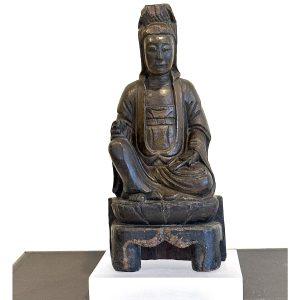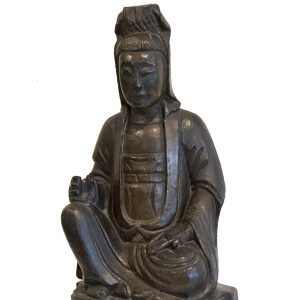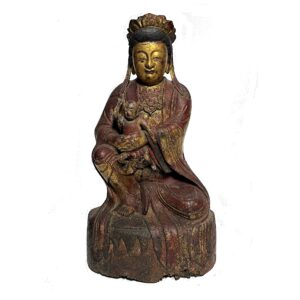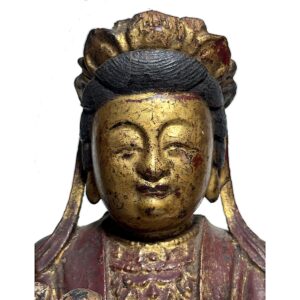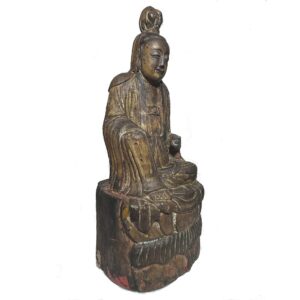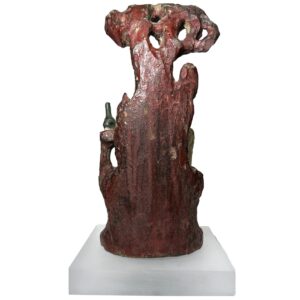Antique Guanyin in Royal Ease (Lalitsana), China, #16910BOE
Original price was: $525.00.$450.00Current price is: $450.00.H: 10.75″ W: 5.5″ D: 4.5″ | FREE SHIPPING IN CONTINENTAL U.S.
White Clad Guanyin in royal ease and karana mudra to expel evil, remove problems and rid sickness or other negativities rarely used for Guanyin. Consecrated for home altar use.

